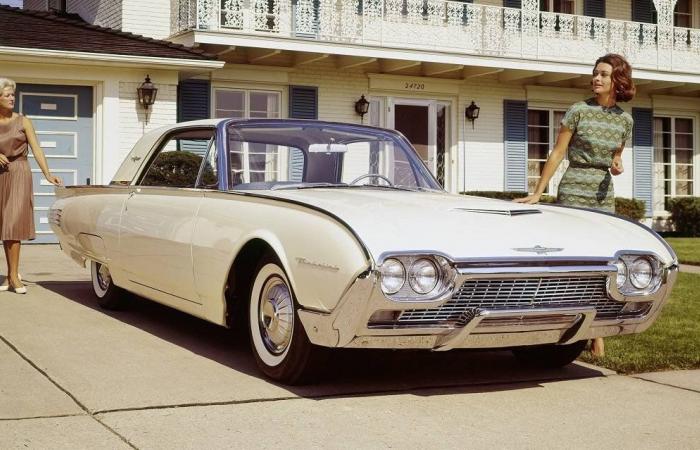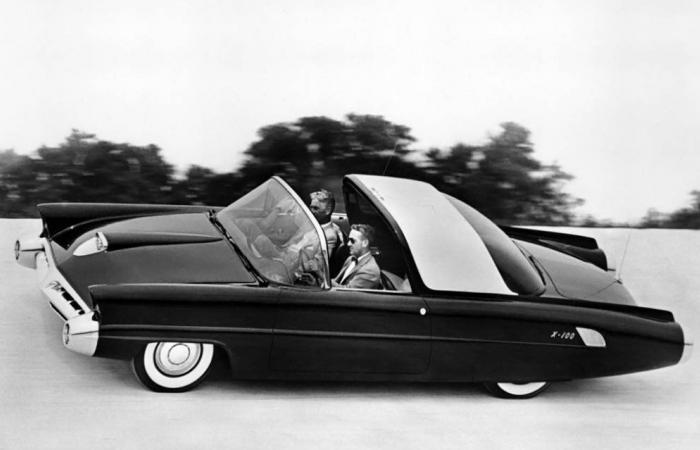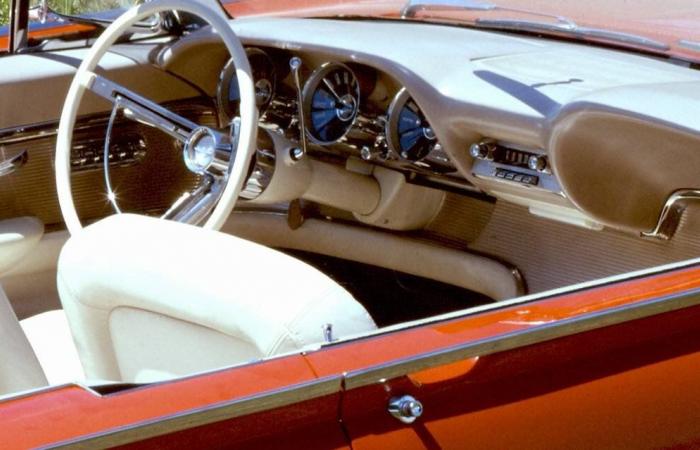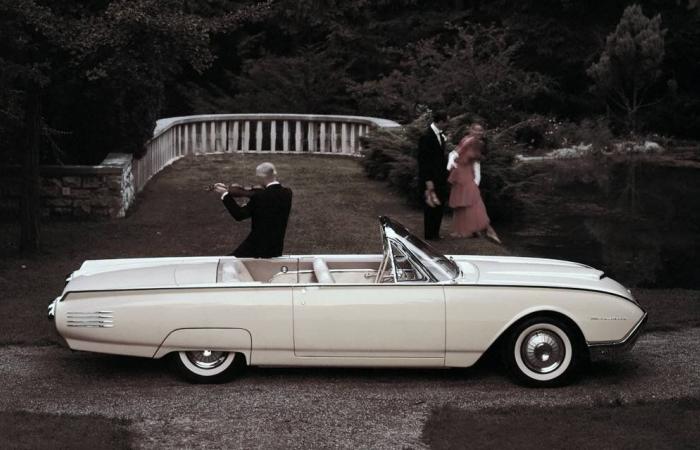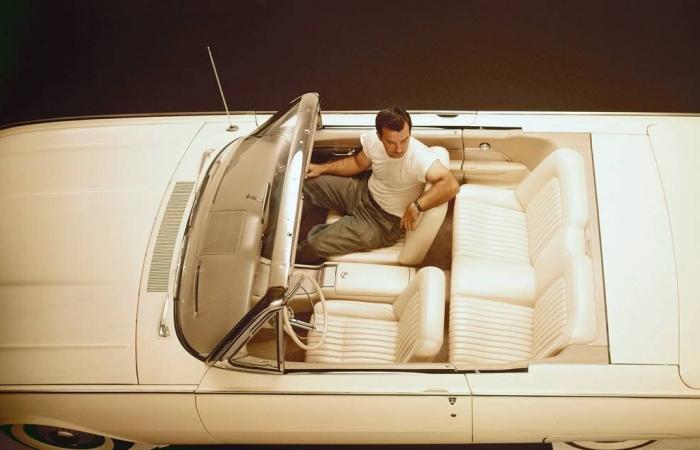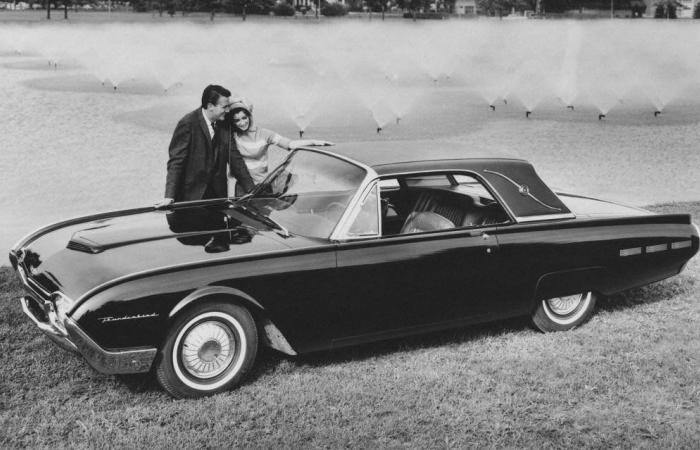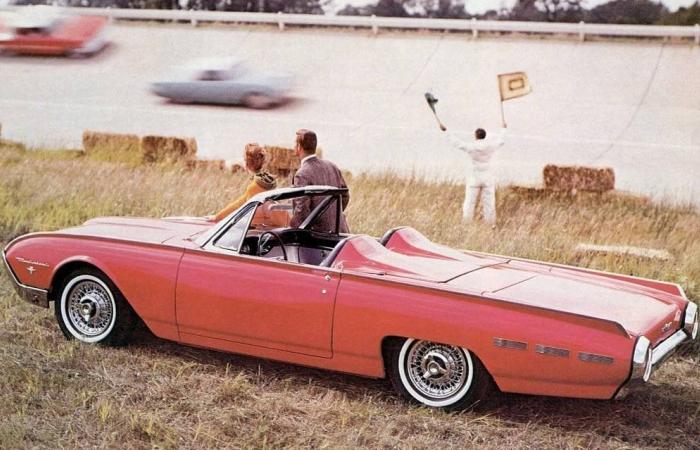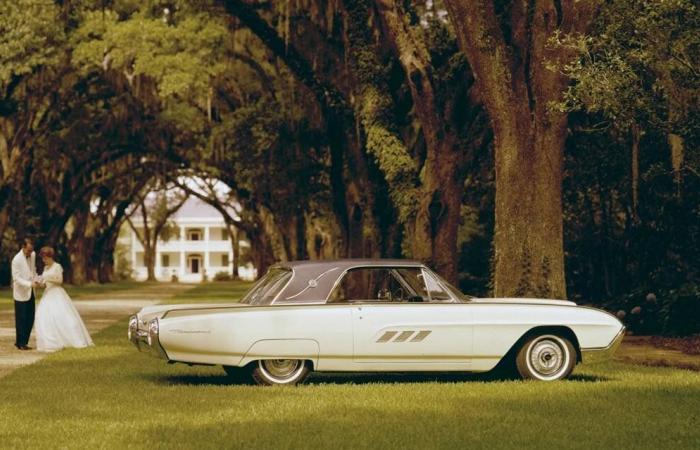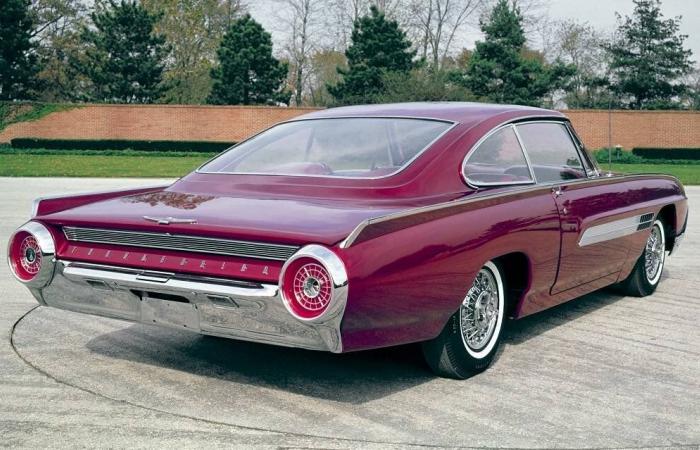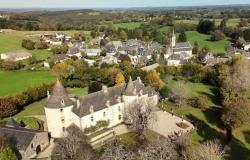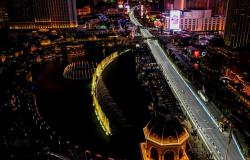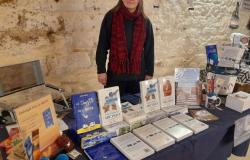At the end of the 1950s, Ford had what we call a good problem: how to replace a model that had just experienced unprecedented commercial success? The brand must avoid shooting itself in the foot. And speaking of bullets, this generation will take the name “Bullet Bird”, for apparent stylistic reasons.
Each of the 11 generations of Thunderbird has its nickname. Obviously, the first, produced from 1955 to 1957, is called “Classic Bird”. The second, called “Square Bird”, built from 1958 to 1960, will be completely transformed under the leadership of Robert McNamara, general manager of the Ford brand since 1955. A rigorous administrator, he wants each range of the brand to be profitable. The solution is to increase its appeal by giving it 4 seats and reduce production costs by manufacturing it on the same line as Lincolns at the new factory in Wixom, Michigan. And it works! Production increased by 77.2% (see figures at the end of the text) between 1957 and 1958. In 1960, the Thunderbird established a production record which held until 1976! Suffice to say that there were expectations for its replacement, planned for 1961.
Photo: Ford
Thunder-nental or Conti-bird?
Styling studies for the third Thunderbird of the name began in 1957. Ford executives and designers could not decide on the direction to take. Several themes are explored. Elwood Engel, future vice-president responsible for design at Chrysler and then number two in style at Ford, asked to release a small team to develop his ideas. The small studio, long and cramped, that he took over would be nicknamed “Stiletto”. There, he created a model of a two-door coupe with very simple lines, without frills… which would become the 1961 Lincoln Continental at McNamara's request (with 4 doors of course).
It was ultimately a drawing by Bill Boyer which served as the basis for the development of the series model. Boyer had already worked on the two previous generations and would continue to be affiliated with the Thunderbird until his retirement in 1985 (notably the 1980 “Square Bird” and 1983 “Aero Bird”). Boyer took inspiration from the 1952 Lincoln Continental X concept (renamed the Ford X-100 in 1953). Inspiration found especially in the shape of the rear lights and the small fins.
Photo: Ford
It will take many other iterations (some of which are quite far-fetched) before arriving at the production model and the pointed front will become established quite quickly. The designers will also try to develop a fastback body on the production model, with a large glass bubble in the style of the 1964-66 Plymouth Barracuda, without anything going further.
The 1961 Thunderbird not only shares its production line with the 1961 Lincoln Continental but also some design elements (integration of the front lights, chrome line running down the side which, in the case of T-Bird, elegantly incorporates the handle of the door) as well as various components such as part of the glazing and structural elements.
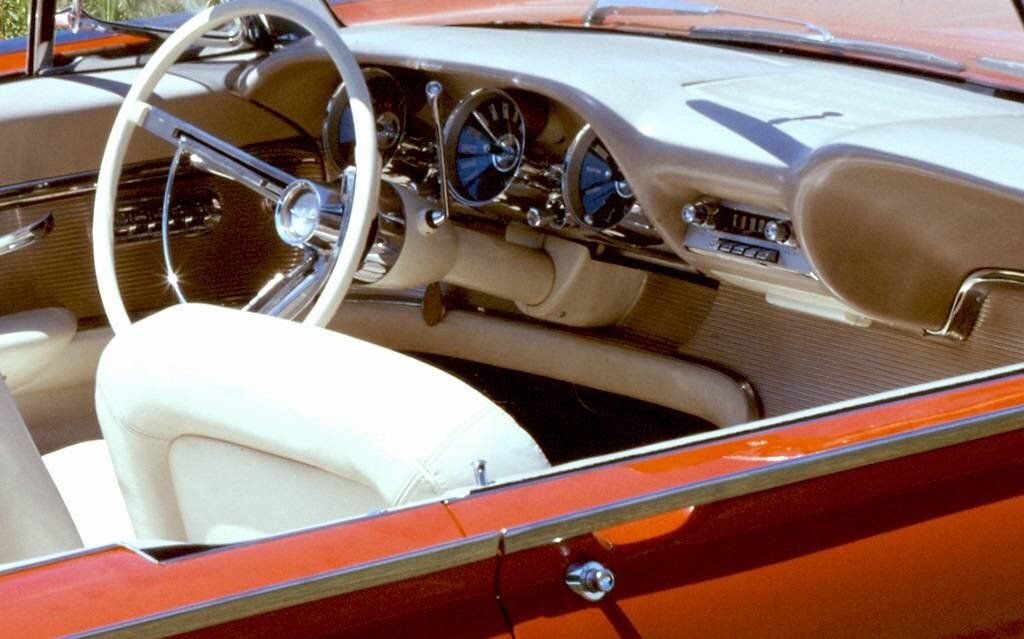
Photo: Ford
Easy to access
The 1961 Thunderbirds arrived in dealerships on November 10, 1960, 6 weeks after the other Ford models. They ride on the same 113-inch (2.87-meter) wheelbase as the previous model and offer almost exactly the same length (5.21 versus 5.22 m for the 1958). As before, two body styles are available: coupe (4,117 lb or 1,869 kg) and convertible (4,289 lb or 1,947 kg). Only one V8 is offered: a new 390 cubic inch (6.4 liter) variant of the FE series block (for Ford-Edsel) equipped with a CIAE-9510 4-barrel carburetor. This engine, code Z, develops 300 horsepower at 4,600 rpm and 427 lb-ft at 2,800 rpm. The 430 pc optional during the 1959 and 1960 vintages disappeared. The only gearbox is a 3-speed Cruise-O-Matic, revised for 1961. The steering and brakes (4 drums) are assisted as standard (you need that to turn and stop a machine of almost 2 tons).
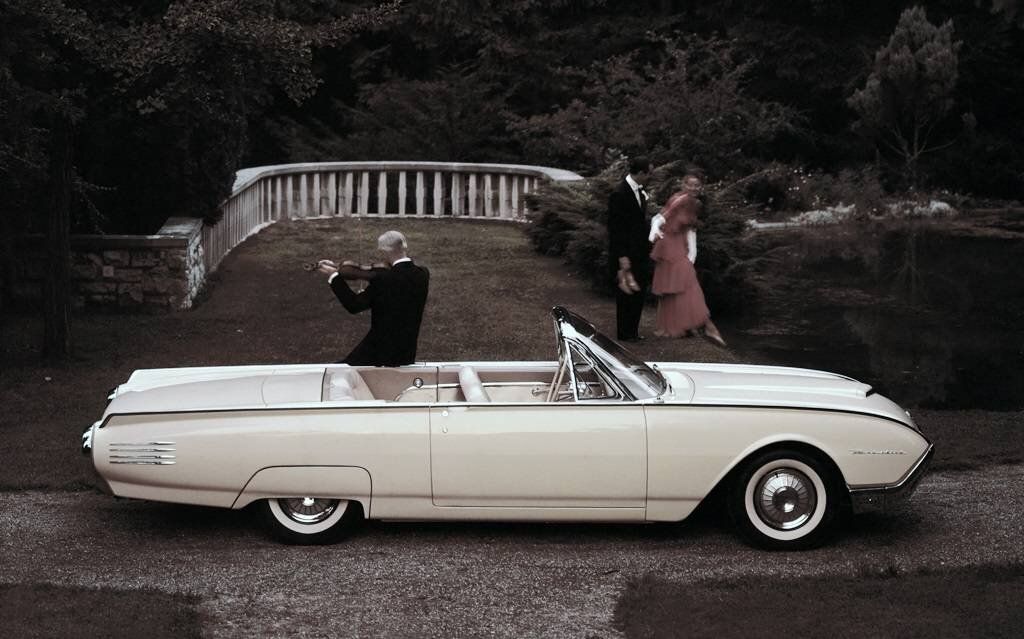
Photo: Ford
Sitting down, the driver discovers a dashboard with three large round dials and a large central console (which serves first and foremost as a stiffening element for the monocoque chassis). And to sit down, Ford has developed an option especially worthy of interest for women, who represent a large percentage of the model's customers. To facilitate installation on board, the steering wheel can be shifted approximately 25 centimeters to the right. For safety reasons, this movement can only be carried out if the gearbox is in the “Park” position. Called “Swing Away”, this equipment was initially seen by some as a simple gadget but, given its great popularity, it was fitted as standard in 1962.
The coupe is offered at 4,172 USD/5,560 CAD and the convertible asks 4,639 USD/6,256 CAD. In terms of equipment, apart from the electric clock, the cigarette lighter and the two-tone horn, almost everything is optional: air conditioning, electric seats and windows, transistor radio (a new feature), two-tone paint, slip differential limited, tinted windows, two-speed electric windshield wipers and seat belts (we are in 1961, so they are less important than the cigarette lighter…). Ford offers 19 exterior colors and 30 two-tone combinations. Inside, 6 basic colors can be arranged in 16 combinations. The leather is available in 5 colors.
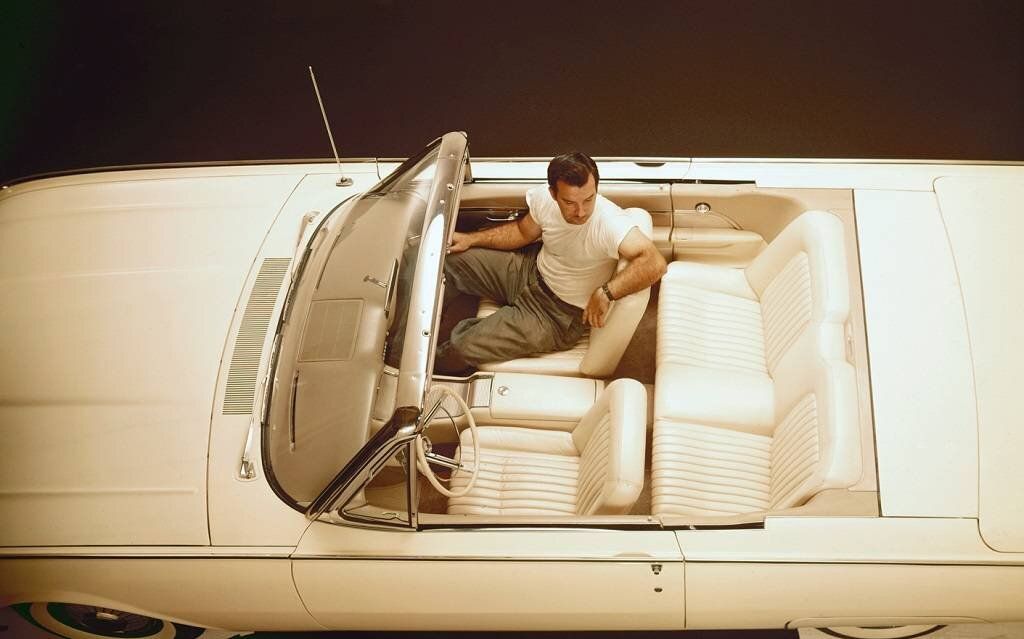
Photo: Ford
Despite its brand new lines, the “Bullet Bird” did not reach its target and did not manage to exceed the figures of 1960. Production fell by 19.6%, in an American market down by 11%, it was necessary to underline it.
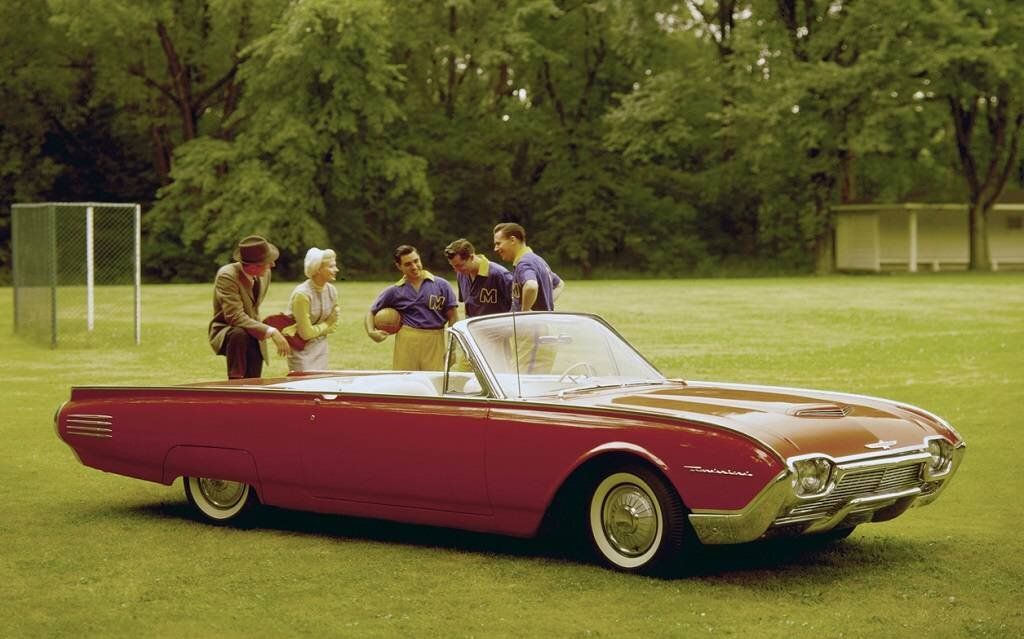
Photo: Ford
Sporty or… Monegasque variant
The changes made to the 1962 vintage are quite significant. Aesthetically, the rectangular mesh of the grid is replaced by 4 lines of floating squares separated by horizontal bars. The design of the taillights is modified while the four thin lines placed on the rear fenders of the 1961 models are transformed into 3 large patterns reminiscent of vegetable scrapers. The interiors are very slightly retouched. Oddly, the weight of the vehicles increases significantly (+80 kilos for the coupe and +109 kilos for the convertible). A new engine is offered as an option: a variant with three double-barrel Holley carburetors of the 390 pc (code M). Its compression ratio goes from 9.6:1 on Z code to 10.5:1. It produces 340 horsepower at 5,000 rpm and 430 lb-ft at 3,200 rpm. This will be a very rare option. Two new versions have been added to the catalog: the Landau coupe (padded vinyl roof in imitation leather and decorative curved bar) and the Sports Roadster convertible.

Photo: Ford
The development of the Sports Roadster comes from the request of several customers, from the 1958 model year, for the return of a two-seater version. Obviously there is no question of designing a new chassis, so it will be necessary to do with a fiberglass “tonneau cover”. This one was drawn by Bud Kaufman. At the front, it follows the shape of the seats and extends elegantly to the base of the trunk. It does not interfere with the operation of the convertible top and can be removed if necessary. This model comes with Kelsey-Hayes spoke wheels with a central nut… which requires removing the rear wheel covers. Ford presents the Sports Roadster as “4,000 pounds of fireworks” in its advertisements, but the option is expensive ($651 USD, or 13.5% more than the base convertible) and it will not make much of a splash in terms of sales (1,427 copies in 1962 and only 455 in 1963).
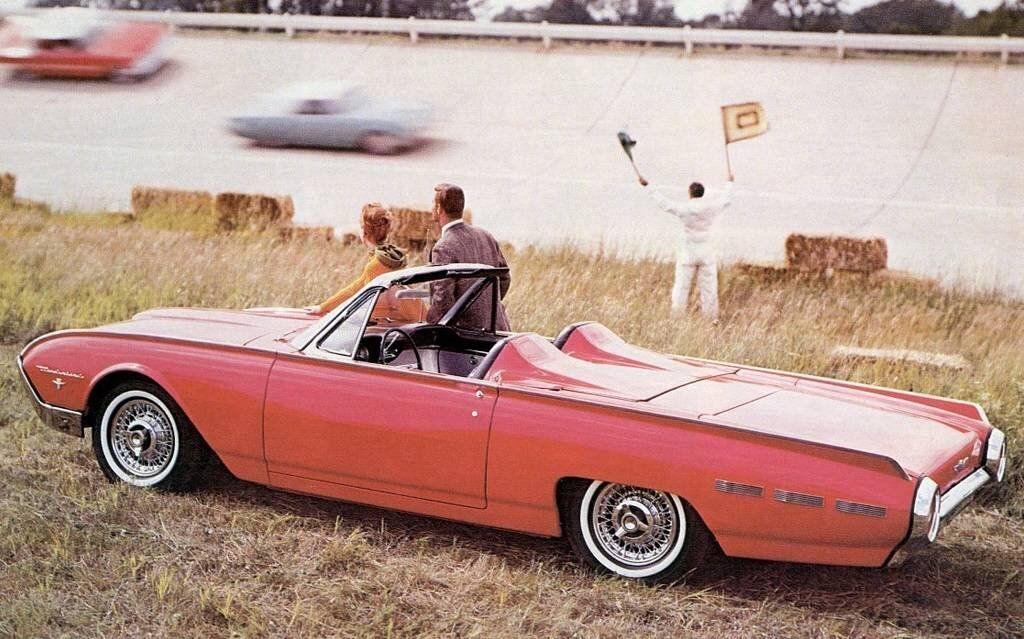
Photo: Ford
We easily recognize the 1963 models with the new fold of sheet metal which starts from the front tip and stops on the door. Below, we discover three new diagonal line patterns. The grid now consists of thin vertical bars. The rear fender decorations are replaced by a discreet Thunderbird logo. An interior-adjustable driver's mirror is standard, and an AM/FM radio is optional. The Landau model benefits from a faux wood interior and steering wheel. It would prove very popular that year. Ford will launch a special edition of the Landau, called the “Principality of Monaco” (or sometimes “Princess Grace”). Featuring white paint, brown roof, white leather interior, white steering wheel, faux rosewood trim and center console plaque with serial number. 2,000 copies will be produced and will obviously be presented in Monaco while model 001 will be given to Prince Rainier.
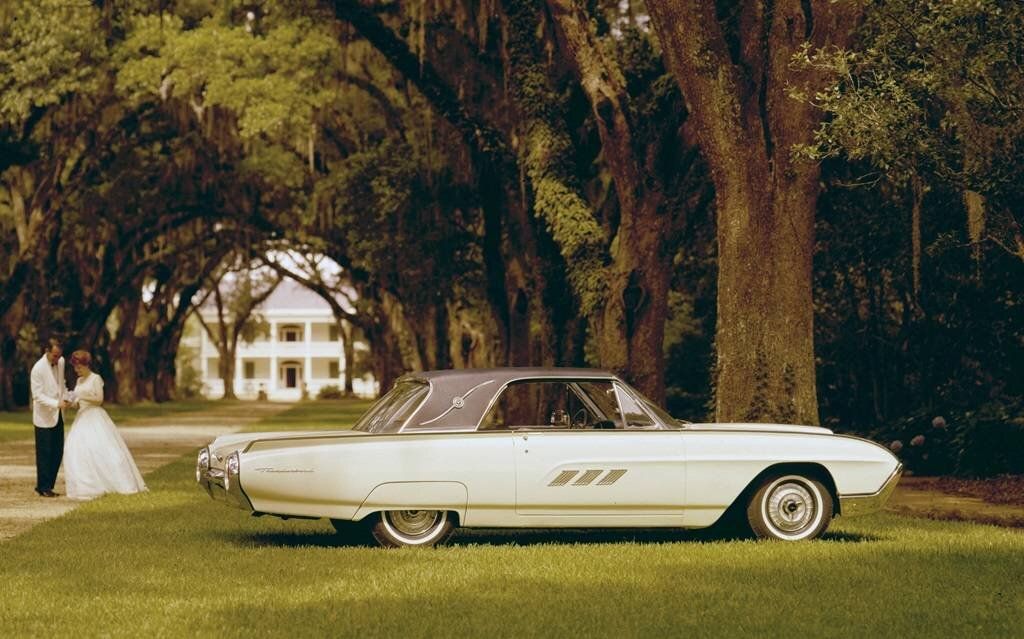
Photo: Ford
We must also mention the Italian concept. At the time, Ford began experimenting with fastback lines and planned to equip the Mustang with such a body for 1965. It was John Orfe who produced the designs in March 1962. Presented in 1963, the Italian still exists today and was restored in 2007.
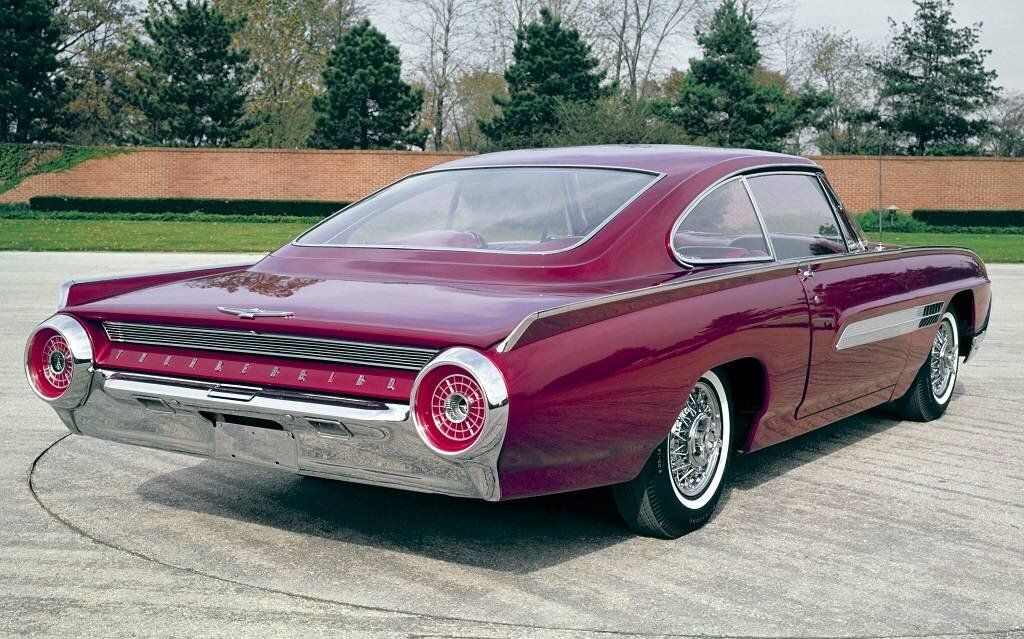
Photo: Ford
Production in 1963 fell by 18.8%, probably largely due to the launch of the Thunderbird's first real competitor: the superb Buick Riviera. We will notice that the convertible is less and less popular.
| Coupé | Cabriolet | Sports Roadster | Total | |
| 1955 | 16 155 | 16 155 | ||
| 1956 | 15 631 | 15 631 | ||
| 1957 | 21 380 | 21 380 | ||
| 1958 | 35 758 | 2 134 | 37 892 | |
| 1959 | 57 195 | 10 261 | 67 456 | |
| 1960 | 78 983 | 11 860 | 90 843 | |
| 1961 | 62 535 | 10 516 | 73 051 | |
| 1962 | 69 554 | 7 030 | 1 427 | 78 011 |
| 1963 | 56 945 | 5 913 | 455 | 63 313 |
| Total 1961-63 | 189 034 | 23 459 | 1 882 |
It's match point for the “Bullet Bird” but Ford nevertheless remains very satisfied with the figures and is preparing a new Thunderbird for 1964, which will essentially be a significantly restyled 1961-63 model. The third generation of Thunderbird is big caliber!

